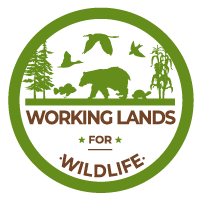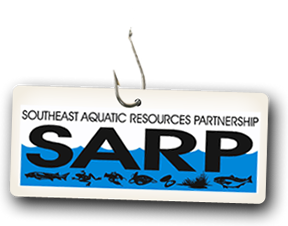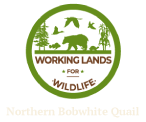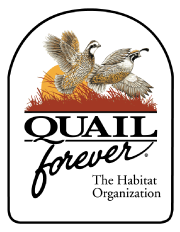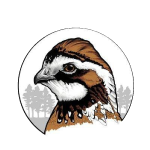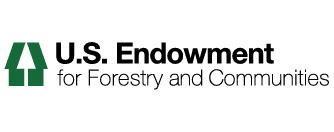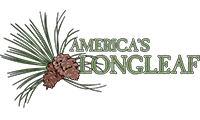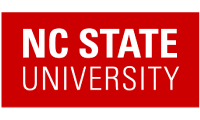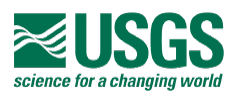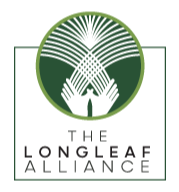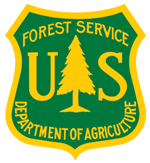Fire Lines Volume 15 Issue 3
WE WANT TO HEAR FROM YOU!
Are you involved in wildland fire, prescribed fire, or fire science in the Southeastern U.S.? Help shape the future of fire science outreach and research by taking our short survey!
The Southern Fire Exchange is conducting a program assessment and needs survey to better understand how we can support YOU and your work. Your input will directly influence the direction of future resources, events, and science delivery in the region.
Take the survey now: https://ufl.qualtrics.com/jfe/form/SV_4Z3VIsfjFKS9e50
It only takes a few minutes, and your voice matters!
The survey will close June 21, 2025.
Please share with colleagues, partners, and anyone working with fire in the Southeast. Thank you for helping us grow stronger together!
"Everybody grows up learning, oh, fire's dangerous... It can be, it doesn't have to be."
- Hannah Blanks
Member of the Fire Management Team at Fort Stewart
NBC's "Today Show"
FIRE SCIENCE
RESEARCH BRIEF
Burning from the ground up: the structure and impact of Prescribed Burn Associations in the United States
Authors: Alison Deak, Jennifer E. Fawcett, Lenya Quinn-Davidson, Christopher Adlam, John R. Weir, & Jeffery Stackhouse
Figure 5. (a) Responses to the question 'What are the requirements for people to participate in a burn on someone else's property?' (N = 75). (b) Only 11% of PBAs required age-based restrictions, highlighting how PBAs are transferring knowledge to the next generation of land stewards and fire practitioners (photo credit: Alison Deak, sourced from original journal article).
This study explores the emergence, structure, and function of Prescribed Burn Associations (PBAs) in the United States as a response, in part, to the challenges posed by historic fire suppression and extreme wildfire events. Historically, fire exclusion policies and agency-controlled fire use marginalized private landowners, especially in fire-dependent regions. PBAs have emerged, and in some cases reemerged, as community-led cooperatives aimed at returning prescribed fire to local hands. Using an online Qualtrics survey distributed to leaders across 135 PBAs, the authors gathered responses from 75 of the groups. The survey assessed topics such as organizational structure, membership, burn activity, goals, and funding. The results paint a layered picture of PBAs as a more than effective avenue for empowering private landowners to locally reshape fire stewardship.


